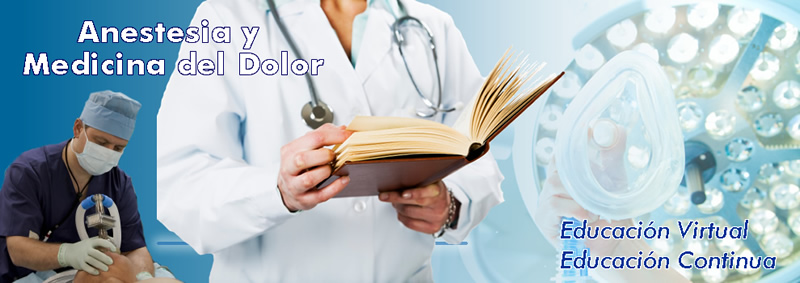Ángulos lordóticos segmentados para evaluar la vértebra de transición lumbosacra en el sistema EOS (EOS Imaging SA, París, Francia)
Probar los ángulos vertebrales posteriores verticales (VPVA) de los segmentos lumbares más caudales medidos en EOS para identificar y clasificar la vértebra de transición lumbosacra (LSTV).
El segmento lumbar caudal (cVPVA) y la diferencia (dVPVA) medidos en EOS mostraron un buen rendimiento diagnóstico para identificar la vértebra de transición lumbosacra (LSTV), clasificarla correctamente y diferenciar la sacralización L5 de la lumbarización S1.
https://pubmed.ncbi.nlm.nih.gov/32783082/
https://link.springer.com/article/10.1007%2Fs00586-020-06565-7
Albano D, Messina C, Gambino A, et al. Segmented lordotic angles to assess lumbosacral transitional vertebra on EOS [published online ahead of print, 2020 Aug 11]. Eur Spine J. 2020;10.1007/s00586-020-06565-7. doi:10.1007/s00586-020-06565-7
Rights and permissions
Open Access This article is licensed under a Creative Commons Attribution 4.0 International License, which permits use, sharing, adaptation, distribution and reproduction in any medium or format, as long as you give appropriate credit to the original author(s) and the source, provide a link to the Creative Commons licence, and indicate if changes were made. The images or other third party material in this article are included in the article’s Creative Commons licence, unless indicated otherwise in a credit line to the material. If material is not included in the article’s Creative Commons licence and your intended use is not permitted by statutory regulation or exceeds the permitted use, you will need to obtain permission directly from the copyright holder. To view a copy of this licence, visit http://creativecommons.org/licenses/by/4.0/.
Importa los datos de mi consultorio a tu celular en un solo click!!!


















